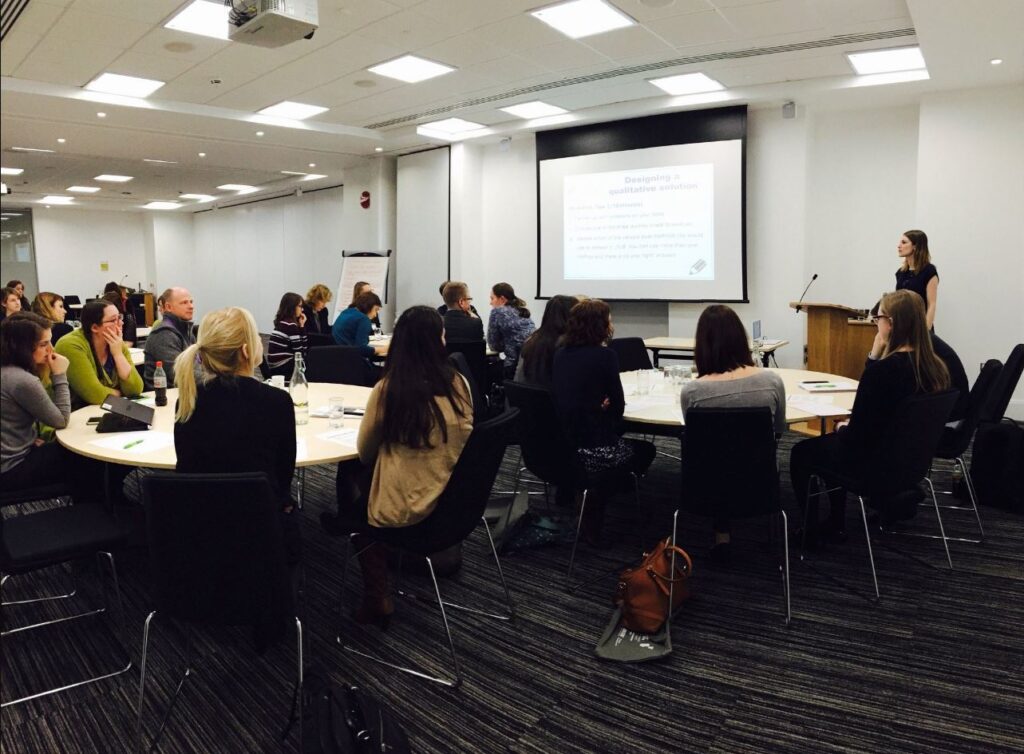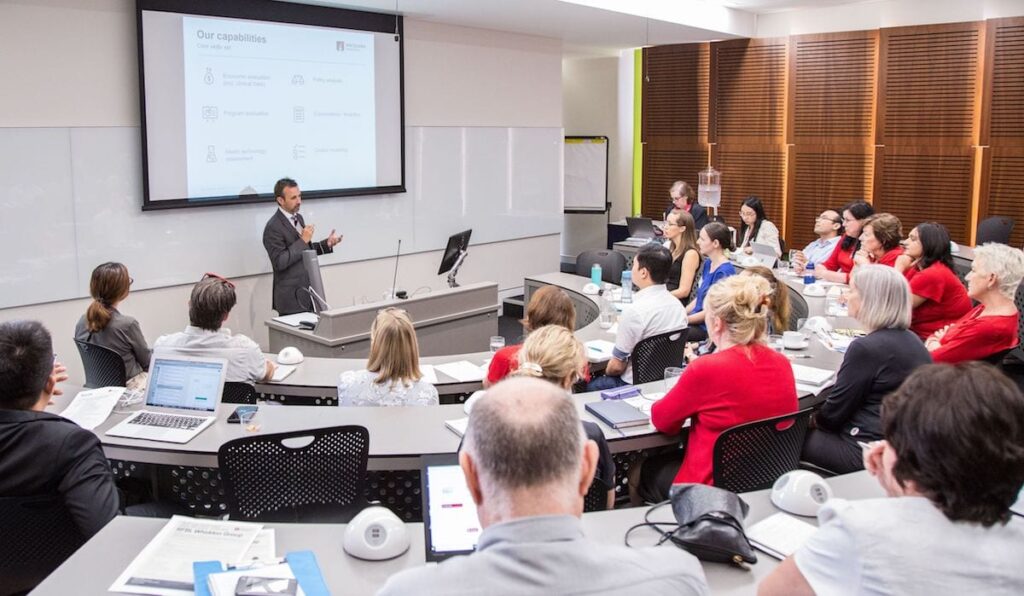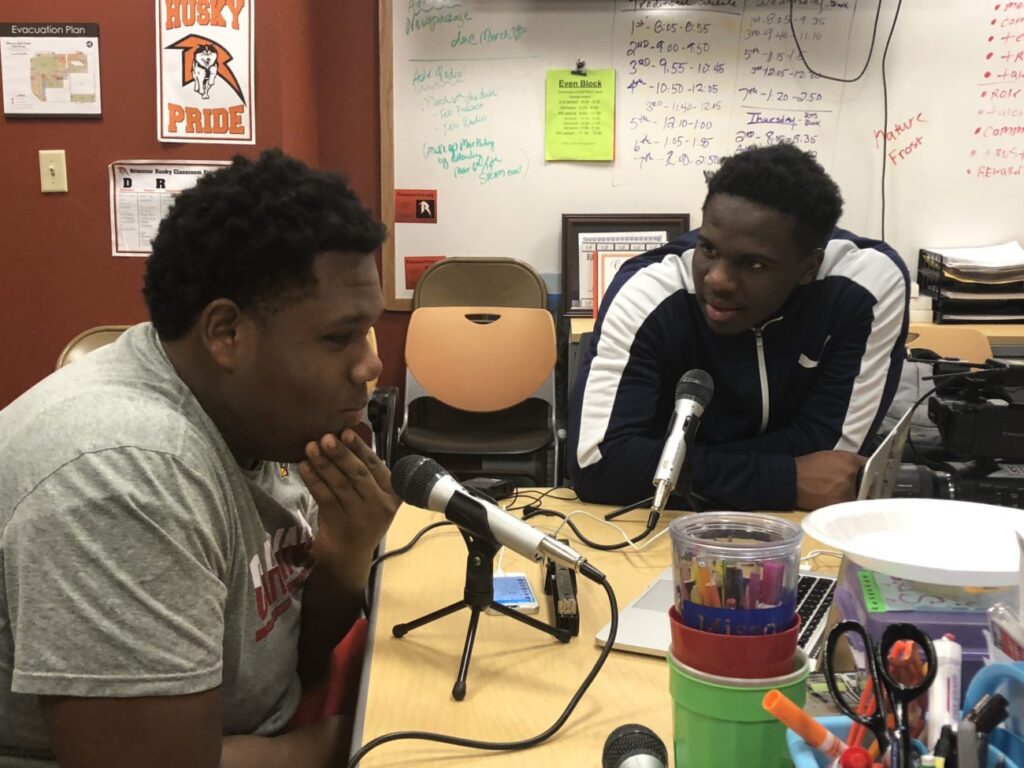Advantages of holding informative meetings for those interested in bachelor’s and master’s degrees.
What are informational meetings?
Informative meetings are meetings that the school holds so that those interested in studying a bachelor’s or postgraduate degree know all the details of the study plan, administrative procedures and the admission and registration process.
These informative sessions are a promotional tool that helps us show the advantages of the educational service, that is, they are a demonstration of your product.
These types of sessions will allow you to attract potential prospects and will give you the opportunity to demonstrate the quality and differentiators of your institution, which could position you above the competition.
They are also an excellent way to get close to your customers, obtain data through interaction, identify their most frequent questions and get to know them better to innovate in your marketing strategies.
Like any marketing strategy, meetings require defined objectives and exhaustive planning, always thinking about the audience you are going to address.
To do this, you must analyze your client’s consumption system, that is, the entire process that they carry out to choose where to study, as well as the reasons that motivate them to decide.
Informative meetings allow you to capture quality leads, because they are already very advanced in the sales process.
Keep in mind that those who decide to enter your information session do so because they are really interested in your service, so these potential clients must be assured that your service meets their educational needs.
How to organize an informational meeting?

1. Prepare the content of the presentation
Before deciding on the content, analyze together with your team what the person interested in your undergraduate or graduate degree wants to know.
An 18-year-old might not be interested in the history of your school, but might be interested in the fact that someone they know studied at that university.
In addition, the way in which you are going to present it must also undergo extensive reflection.
Imagine that your entire session is based on slides with the subjects, your history and your facilities. Try to give it variety and also show photos, videos of academic life, some testimonials, moments in which your school or your students were awarded, etc.
The content and the form must be elaborated based on the interests and expectations of your possible clients.
Basic elements to present an educational offer
To choose your content, you can consider Philip Kotler’s three basic elements for your offer: features, quality and price.
Characteristics
Educational offer, present the study plan, percentage of practical and theoretical subjects, degree forms, facilities, campuses, etc.
Quality
Awards, accreditations, permits from the educational authorities, success stories, agreements, job vacancies, events, congresses, school practices, international exchanges, etc.
Price
In addition to providing tuition and enrollment costs, it also talks about your promotions, scholarships, and the financing plans you offer.
2. Define the space or platform
These sessions boomed during the pandemic, as schools had to close, so the entire sales team had to make use of technological tools to continue offering the service and responding to stakeholder reports.
Therefore, now that face-to-face has returned, there are two ways to do your sessions.
The advantage of the online ones is that you can do them more frequently, but the face-to-face ones will help you get closer to your customers and take the opportunity to show your facilities, that is, they will be able to see your educational service.
Another idea is to run a webinar that prospects might be interested in and, at the end or in between, briefly introduce your service.
If the meeting will be face-to-face, you must choose a suitable space for it. That it is in optimal conditions and provides the best image of your institution.
Once we have the content and the space, it’s time to plan how we will conduct the meeting.
3. Prepare the meeting format
It is a great challenge to attract the interest of a teenager and maintain it throughout the meeting, so it is important that you use various resources and formats to make your informational meetings dynamic. Make a timed script to pace your meeting.
Something that I recommend is always to hold a meeting per degree, so you can focus on a single study plan and specific subjects, that is, talk about what your attendees are really interested in knowing.
When you choose the face-to-face modality, you can also include a tour. Many young people are interested in learning about recreational spaces such as sports fields, cafeterias, gardens, gyms, etc.
Unlike the meetings for university prospects, in postgraduate meetings it is best to keep them short, explaining the content, prices, degree forms and schedules.
Focus on presenting how your master’s or doctorate will help them get a better job and get a better salary. It may be that your institution organizes congresses or has agreements with well-known companies. It includes the participation of a graduate to tell about her experience.
In both, he always reserves a space to answer questions from the attendees.
4. Choose your invited collaborators
A very important point is choosing the right people to present. They can explain the study plan of the career or educational level that is going to be presented. They are people who know well the prices, the scholarships, if there is financing and the promotions.
How often do you hold informational meetings?
That will depend on the start dates of classes and registration dates. I recommend doing them a month in advance, it is even convenient to do them on different dates and times, thinking of all your types of audience.
It will also depend on whether or not there is an admission process, in those cases, the meeting should always be prior to the start of the process.


